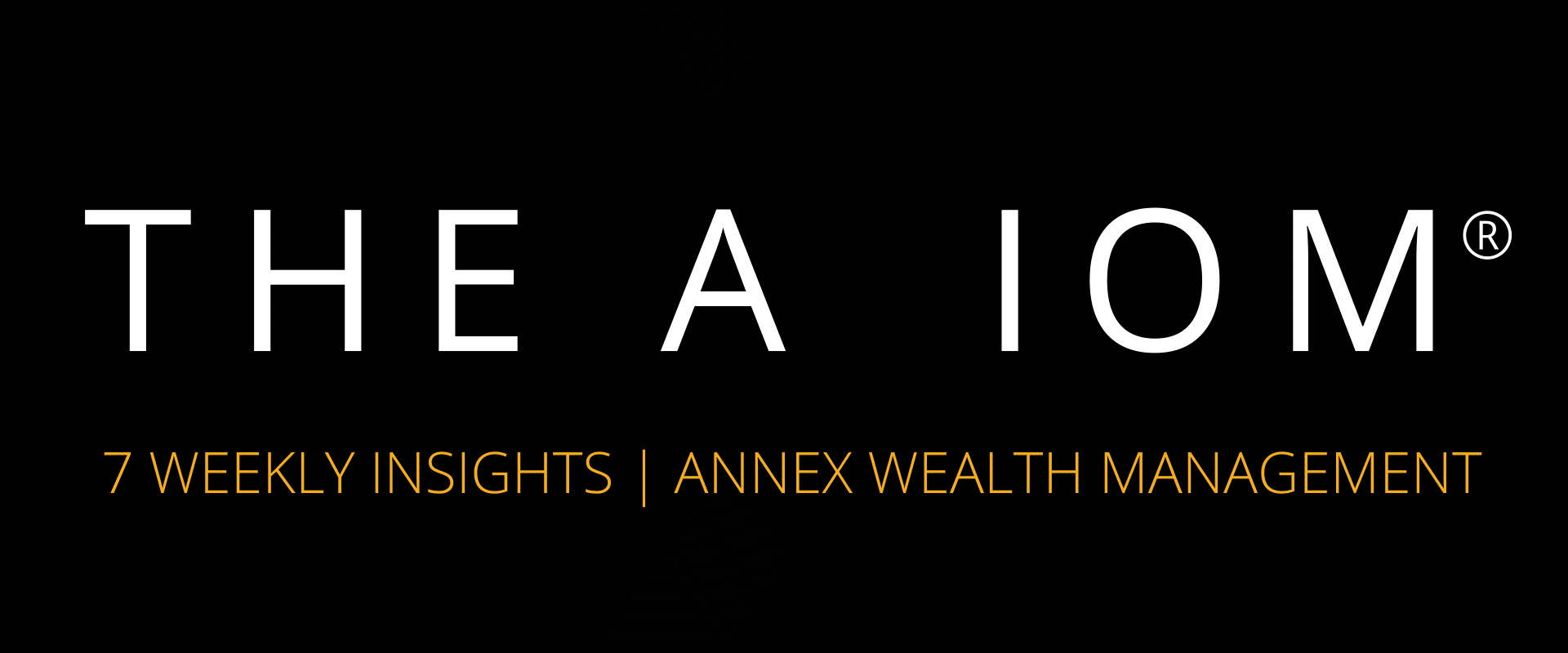
Annex Wealth Management Sponsors 50th Annual Lombardi Golf Classic

The VLCF Golf Classic raises money for organizations that will help prevent cancer, provide the best care to those fighting it and find a cure in the true Lombardi spirit of excellence. If you’re interested in playing or supporting, find out more HERE.
Chairman Powell’s comments indicating an upcoming 50 basis point increase in rates turned markets sour at the end of this week. Will there be future rate hikes? Annex Wealth Management’s Mark Beck and Derek Felske discuss.

BACK TO TOP ↑
Know What You Own: Fixed Income

This week’s MoneyDo again encourages you to know what you own – this time by taking a close look at your fixed income holdings.
When you own stocks, you’re a part owner of a company. Fixed income holdings mean you’re a creditor to a company.
Fixed income holdings have detailed contracts which list out what interest payments you’ll receive, when the bond will come due, and any special situations that would result if being paid out early. Another important part of the contract is specifying where you sit on the pecking order if the company goes through financial struggles.
Fixed income tends to be an afterthought for many investors. We’ve discovered some DIY investors neglect investing in bonds altogether – sometimes because of the perception that they’re less glamourous, at other times because their upside isn’t what attracted them to investing in the first place. Still others don’t consider them a component of an aggressive portfolio.
Here at Annex Wealth Management, we view fixed income investments very differently. Due to the size and the complexity of the bond market, we believe fixed income provides opportunities to add diversification to a portfolio, and could increase total return, as well as reduce overall risk.
Since there are so many types of bonds, it’s important to consider some key points when investing:
- Long-Term Bonds tend to perform better in a rate-cutting cycle.
You’ve probably heard that when interest rates go down, bond prices go up. So, when the Federal Reserve is in a rate-cutting cycle, Long-Term Bonds tend to perform better. Conversely, when the Fed raises rates, Floating Rate bonds will benefit, as they are bonds that reset their interest rate periodically, which would benefit by having higher coupon payments when rates go up.
- Note the claim status on the bond.
In the event of bankruptcy, bond investors typically have first claim to a company’s assets – meaning there’s a chance you could be made whole in this circumstance. But different bonds have different claims, including senior notes and subordinated debentures.
Inspect the type of bond you own, including the certificate, if you can – or take a look at the prospectus for the investment.
- Consider where we are in the economic cycle.
Is the economy growing, which would lead to low default rates in corporate debt? It’s likely that in a growing economy, high-yield bonds would tend to outperform, as they are loans given to companies with less-than-stellar credit ratings, and in turn have higher coupon rates. When the economy is growing, the risk level for high-yield bonds is lower than in a normal or shrinking economy.
However, if the economy is in a recession, it would be reasonable to expect an increased chance for default, where companies would be unable to pay back their debt, making high-yield bonds a less attractive investment.
- Make sure to study the company’s history.
The good news – you’ll encounter plenty of data to help you understand a company’s past performance, including its ability to pay taxes, pensions and other obligations.
The rough news – scouring old reports, including its MD&A (management discussion and analysis) section – is time consuming. A wise investor will spend the time to get to know just who you’re invested in. Make sure you budget some patient time for this level of investigation.
- Some fixed income investments have equity components to them.
Just like when you’re grocery shopping – you have to read the label to know what’s inside. Some investors figure that the word “Bond” in the investment’s name means that it’s 100% bond. That’s not always true.
Convertible Bonds are a corporate bond that give the investor the option to convert the bond to shares of common stock. A set price is given and if the stock is above this price, then the investor might want to flip the bond for the stock. If the stock is below this conversion price, then you may want to keep holding the bond and receive the coupon payments.
Preferred stock is another fixed income investment with equity components. Make sure you understand the intricacies of preferred stock. For example, if the company undergoes bankruptcy as mentioned above, preferred stock falls beneath a corporate bond and above a common stock in the priority list of who has claim on company assets. But preferred stock pays a higher dividend than the common stock does.
As you can see, there are many considerations you should make as you wade into this deep – but rewarding – investment area. Fixed Income investments require just as much – or more – research and analysis as your other investments. Besides the investments themselves, there are so many ways to invest within the bond market, and each has its benefits.
It may be tough to come to a firm understanding of all the pros and cons, but the time spent is worth it. With a broader understanding of what you own, you’re better prepared to effectively use fixed income investments to provide the stability and value within your portfolio.
As always, if you feel like you’re Sysiphus, pushing the research and analysis ball up the investing mountain each quarter, find an advisor you can trust to help you determine how much and what fixed income investments you should hold. We take a lot of pride in empowering folks to make stronger decisions for their future.
BACK TO TOP ↑

BACK TO TOP ↑
BACK TO TOP ↑
UPCOMING EVENTS →
BACK TO TOP ↑